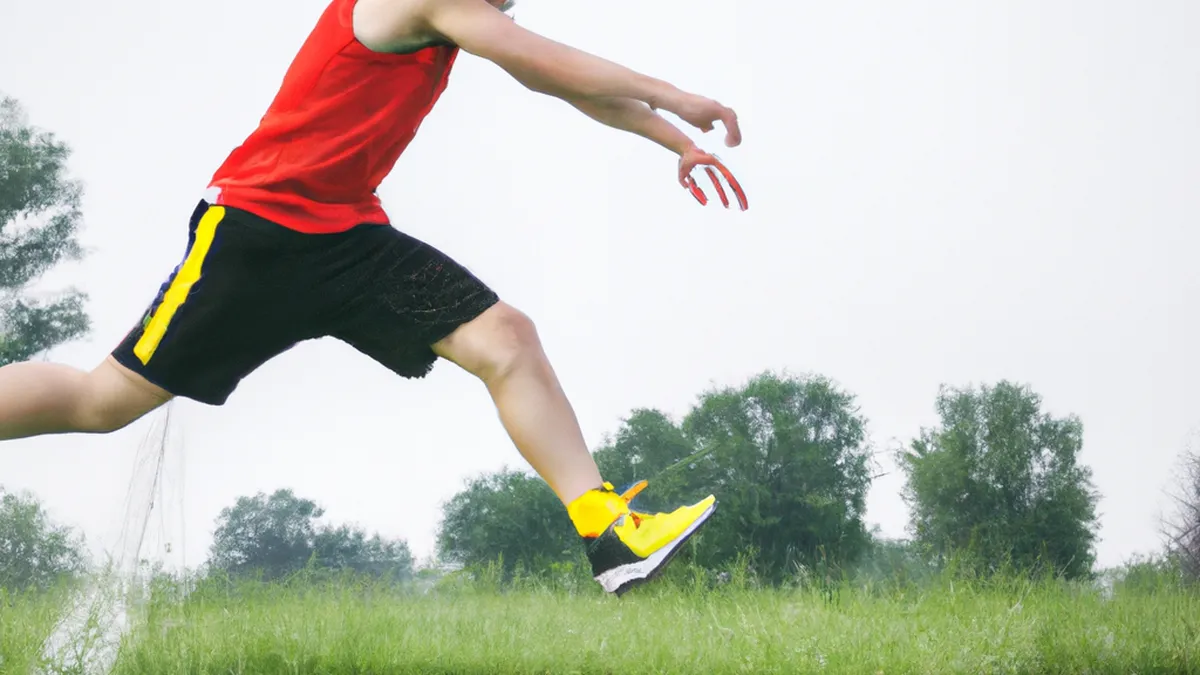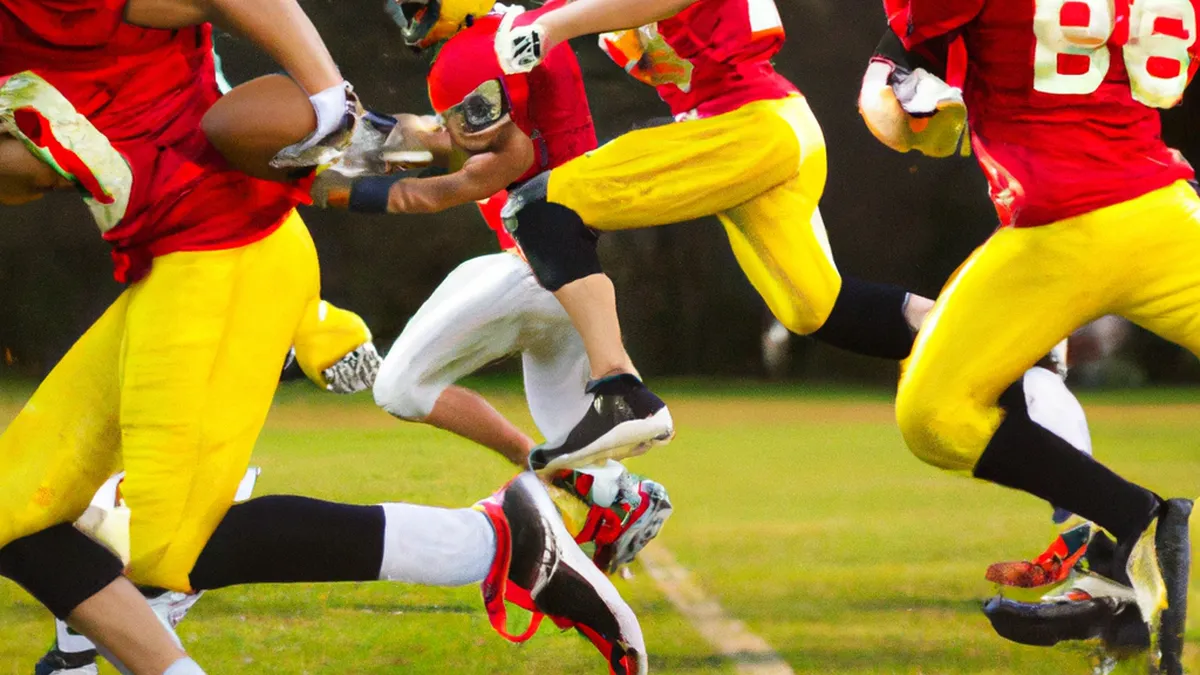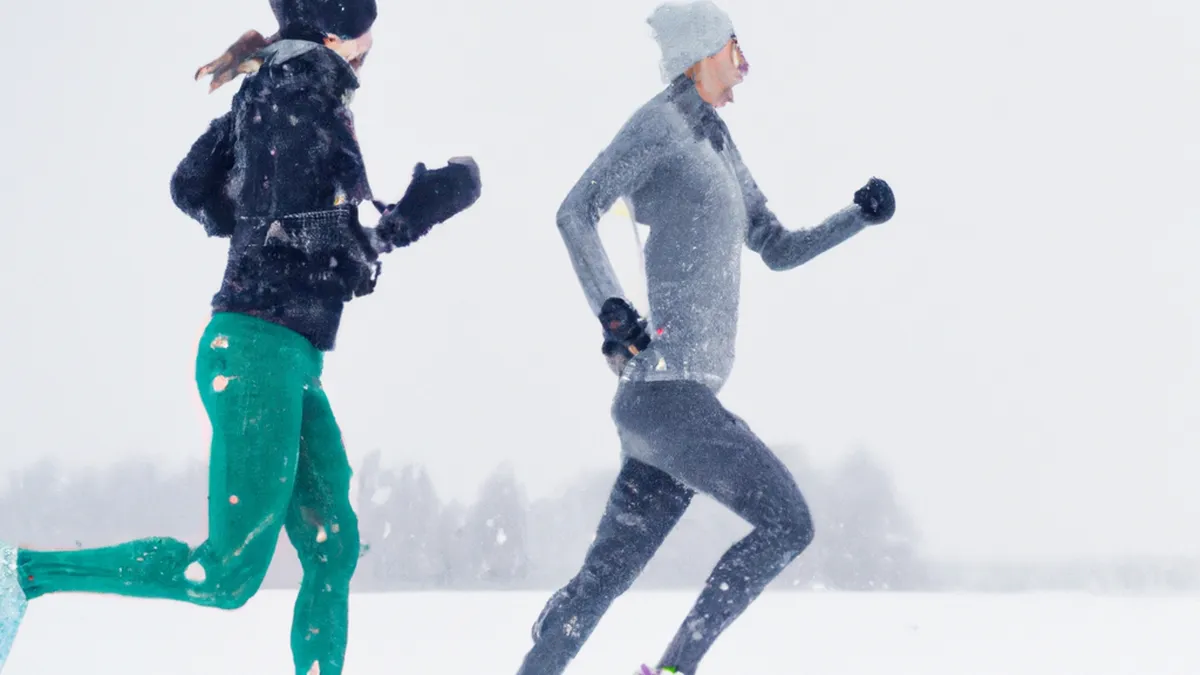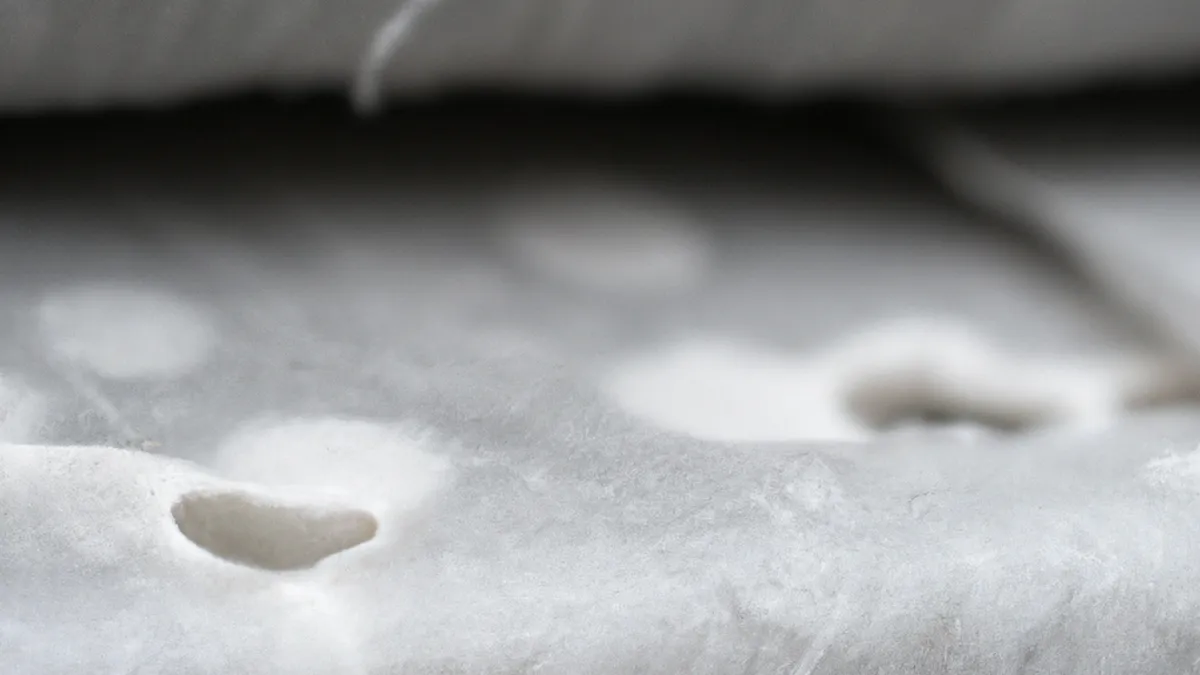Hot Weather? Time for Quick Jumps!
Plyometrics for Hot Weather PerformancePlyometrics enhance athletic performance through explosive movements like jump squats and box jumps. These exercises improve strength, speed, and agility. However, hot weather can reduce the effectiveness of plyometric training. Adjust your training approach to ensure safety and maximize performance. This article discusses optimizing your plyometric workouts in hot conditions, focusing on hydration, timing, intensity, and dynamic warm-ups.
Understanding Plyometrics
Plyometrics involve fast, powerful movements that engage fast-twitch muscle fibers. These exercises use a stretch-shortening cycle, rapidly lengthening muscles before explosive contractions. This method helps athletes improve explosive strength, vertical jump, and overall athleticism.Hot weather increases demands on your body. High temperatures cause faster fatigue and dehydration, raising the risk of heat-related illnesses. Stay aware of these challenges and adapt your training.
Stay Hydrated
Hydration is crucial during workouts, especially in hot weather. As your body heats up, you sweat more, losing fluids and electrolytes. Dehydration impairs performance, recovery, and increases heat exhaustion risk.Drink at least 16-20 ounces of water two hours before exercising. During your workout, take breaks to hydrate regularly, consuming small amounts every 15-20 minutes. If your workout exceeds an hour, consider electrolyte-rich drinks to replace lost minerals. Plan your fluid intake before, during, and after workouts.
Choose the Right Time
Timing your workouts impacts your performance in heat. Early mornings or late evenings offer cooler temperatures, making them suitable for intense training. Avoid plyometric sessions during peak heat hours, usually between 10 AM and 4 PM. If necessary, train in shaded areas or air-conditioned facilities.Consider breaking workouts into shorter segments. Opt for two shorter workouts separated by rest periods. This approach maintains intensity while reducing overheating risk.
Modify Your Intensity
Adjust the intensity of your plyometric exercises in high temperatures. Hot weather increases fatigue, affecting performance and raising injury risk. To adapt, reduce the volume and intensity of your workouts.Focus on quality movements instead of high repetitions. For example, instead of doing many jump squats, perform fewer with better form.
Conclusion
As an Amazon Associate I earn from qualifying purchases.
Gear tip: consider electrolyte mix, soft flask, and hydration tablets to support this topic.
In hot weather, prioritize hydration, timing, and intensity adjustments for effective plyometric training. Stay safe and enhance your performance.
Below are related products based on this post:
FAQ
What are plyometrics?
Plyometrics are explosive movements that enhance athletic performance, such as jump squats and box jumps. They engage fast-twitch muscle fibers and improve strength, speed, and agility through a stretch-shortening cycle.
Why is hydration important for plyometric training in hot weather?
Hydration is crucial as hot weather increases fluid loss through sweat, which can lead to dehydration. Dehydration impairs performance and recovery, increasing the risk of heat-related illnesses, making it essential to plan fluid intake before, during, and after workouts.
How can I adjust my plyometric training for hot weather?
To adjust for hot weather, consider training during cooler times of the day, such as early mornings or late evenings. Additionally, reduce workout intensity and volume, focusing on quality movements rather than high repetitions to prevent fatigue and injury.















Post Comment